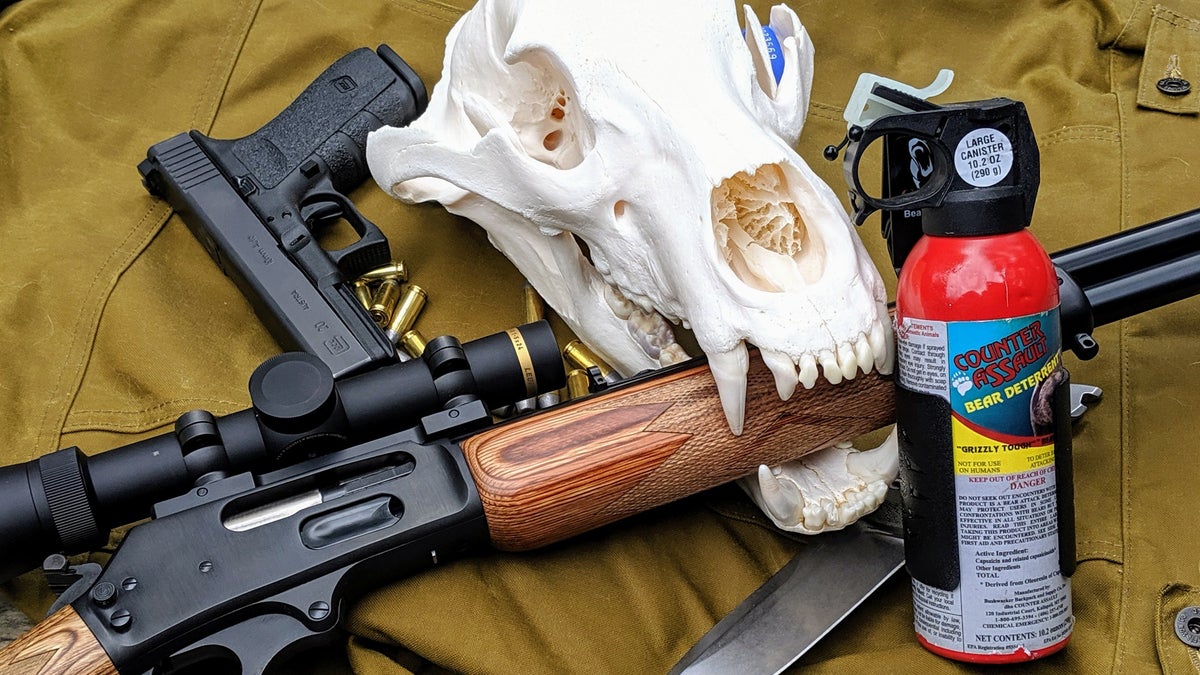Tom Smith has published a number of articles on pepper spray. Here are a couple of links to discussions:

Shoot or Spray? The Best Way to Stop a Charging Bear
While many gun proponents remain adamant that firearms offer better protection against a charging bear than pepper spray, a growing body of scientific research suggests otherwisewww.outsideonline.com

Does Bear Spray Work?
The science is clear, right? Not so fast, according to, well, science.www.outsideonline.com
Also: Smith TS, Herrero S, DeBruyn TD, Wilder J. 2008. Efficacy of Bear Deterrent Spray in Alaska. The Journal of Wildlife Management. 72:640-645.
In the second article linked by Mason, Tom Smith makes a huge retreat from the widely-held perception that pepper spray is 98% effective against bears and is more effective than a gun. Smith admits that his research on spray (with Herrero and others) was underinclusive in the data they used. In the vast majority of cases that involved spraying bears, the bears were exhibiting merely unaggressive or curiosity behavior, not actually charging or being aggressive. He admits the data show only about a 33% effectiveness of spray against actually charging bears compared to the 76%-95% efficacy of guns against charging bears, depending on study interpretation.
The author of the article calls the effectiveness claims about spray to be "propaganda" and "misinformation." He concludes (my italics):
"My entire purpose for writing this article is to illustrate that the exaggerated effectiveness of bear spray is getting in the way of more important advice on bear safety. Here in Bozeman, Montana, just north of Yellowstone, it’s common to see people being told to carry bear spray any time they go on a hike, but almost always, the advice stops there. And while the spray may be effective at deterring a curious bear, it cannot be shown to have the ability to effectively stop an actual bear attack. Something more is needed.
"Is that something more a firearm? 'If you’re competent, then a firearm is a valuable, time-tested deterrent, says Tom Smith."
The important caveat about the effectiveness of guns is this: "But user competency is the largest determining factor in the successful use of a firearm. 'When a person is competent with firearms—and I mean competent under pressure—it is an effective deterrent I highly recommend,' he says. 'Conversely, those with little to no firearm experience shouldn’t rely on a firearm to save them from a close encounter with a bear.'"
Finally, there is hugely important practical bear deterrent advice: “'To the best of my knowledge, I have not seen an instance where two or more persons have remained grouped, whether standing their ground or backing from a bear, that the bear made contact,' says Tom Smith."
Too bad this practical advice is of no use to the solo canoeist.



